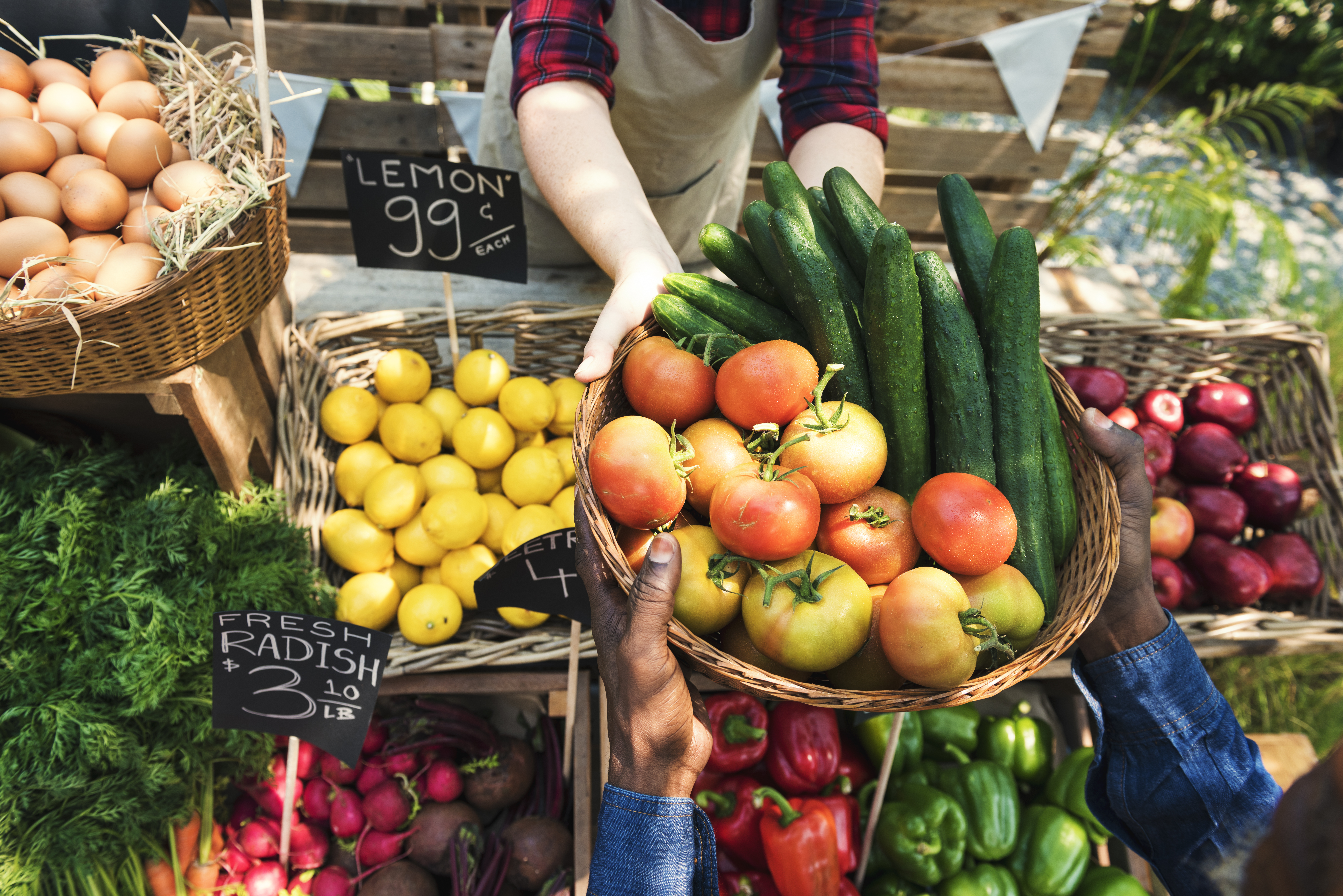Part of the Food Policy Snapshot Series
Policy Name:
Austin Healthy Food Access Initiative
Location:
Austin, Texas
Population: 947,890 (World Population Review, 2018)
Overview:
In 2016, six city departments and 33 community organizations collaborated to develop the Austin Healthy Food Access Initiative. The initiative seeks to gain a deeper understanding of the issues facing Austin’s population with regard to healthy food access, to improve healthy retail options, to increase local production of food through urban farms and community gardens, to improve awareness about nutritious foods, and to increase enrollment in SNAP.
Progress to date:
Some progress has been made, such as the deployment of the Fresh for Less Mobile Market.
Program/Policy Initiated:
The initiative began on July 27, 2016.
Food policy category:
Food security
Social and economic equity
Program goals:
The goals outlined by Austin’s Office of Sustainability include:
- Remove barriers so as to increase the amount of food retail and farming available in low-income communities.
- Provide food insecure community members with additional purchasing power, so that nutritious food can be affordable within their budget constraints.
- Positively impact diet-related health outcomes in high-risk communities, providing long-term healthcare cost savings and supporting the city’s affordability goals.
How it works:
On March 3, 2016, Austin’s City Council passed Resolution 20160303-020, which directed the City Manager to develop recommendations for improving access to fresh, healthy, and affordable food, and provide a status update on SNAP enrollment, as well as recommendations to improve those efforts. In response to this resolution, eleven stakeholder meetings between a total of six city departments and 33 community organizations produced the Austin Healthy Food Access Initiative. The core of the initiative consisted of the following six recommendations:
- Complete a comprehensive Food Environment Analysis of each district in Austin and use the resulting Food Environment Maps to inform evaluation of new projects.
Researchers plan to partner with John Hopkins University and the University of Texas to better understand Austin’s food environment. A biannual analysis will help policymakers keep abreast of the changing conditions in the city of Austin.
2. Expand Healthy Food Retail Initiatives to provide funding for a diverse array of food-related projects based on community input and decision-making.
The city plans to establish a grant fund to provide seed capital for grocery stores, food hubs, mobile food retailers, farmers markets, and neighborhood food-buying cooperatives involved in selling healthy food, particularly in low-income communities. It also aims to act as a liaison between outside organizations offering grants and loans and local beneficiaries.
3. Increase local food production through community gardens and urban farms.
The city seeks to streamline the community garden application process and provide additional technical assistance in underserved communities. It also aims to eliminate regulations that prohibit the sale of produce grown in community gardens that are on city-owned property.
4. Pilot a Nutritious Food Incentives Program to expand buying power for produce at traditional brick-and-mortar retail.
The city of Austin contributes funding to the Sustainable Food Center’s Double Dollar Incentive Program, which doubles the dollar amount of SNAP and WIC fruit and vegetable benefits, and/or Farmers’ Market Nutrition Program vouchers. Families can spend their Double Dollars on fruits and vegetables at SFC Farmers Markets and other markets and farm stands supported by SFC. A new Nutritious Food Incentives Program would expand this purchasing power to traditional brick-and-mortar food retail locations.
5. Improve awareness about nutritious food and assistance options through SNAP outreach pilot programs and a coordinated outreach campaign delivered to residents by Community Health Workers.
The city plans to collaborate with a marketing and communications firm to develop an effective campaign to promote awareness of healthy diets. It will also train and sustain a network of Community Health Workers focused on food access issues who can connect populations to information and resources in culturally appropriate ways. Additionally, it plans to partner with organizations around the city to improve nutrition education and increase SNAP enrollment.
6. Incorporate food access into comprehensive development, public safety, and transportation planning efforts to create Safe Routes to Markets.
Safe Routes to Markets prioritizes the planning and development of dense, mixed-use, affordable housing and multiple mobility options to ensure that low-income community members have sufficient access to healthy food retailers. In addition to developing new sidewalks, bike lanes, and bus routes, the city will explore additional avenues for increasing safety in areas that are both high-crime and high-food insecure.
The initiative includes a timeline and budget impact for each recommendation, with a total program cost of $1,535,000.
Why it is important:
Austin faces significant challenges in offering equitable access to healthy food. An Austin/Travis County Community Health Assessment shows that disparities based on geography are particularly salient. East Austin’s historically black and latino population is especially underserved and experiences a constellation of poor outcomes. These communities are disproportionately low-income, located in food deserts, and suffer from increased levels of overweight and obesity. These populations are especially in need of the services recommended by the initiative.
A study from the University of Texas at Austin supports the need for improved public transportation for low-income residents. Because Austin is such a car-centric city, those without their own automobiles often struggle to access healthy food. In fact, 82% of Austinites without a vehicle have no access to a good food source.
Evaluation:
The initiative contains numerous parts which will be evaluated by relevant city departments. The Food Access Program Coordinator will oversee and evaluate the initiative as a whole.
Learn more:
https://www.austintexas.gov/page/food-system-improving-food-access
https://nlct.files.wordpress.com/2016/07/07272016-report-food-access-recommendations.pdf
Point of Contact:
Austin Office of Sustainability
sustainability@austintexas.gov
Similar practices:
The Austin/Travis County Food Policy Board’s Healthy Food Access Working Group researched best practices from a variety of locations while developing the initiative. They modeled their recommendations after programs such as the Baltimore Food Policy Initiative, the Pennsylvania Fresh Food Financing Initiative, and Washington DC’s Food, Environment, and Economic Development Act.
References:
https://worldpopulationreview.com/us-cities/austin-population
https://nlct.files.wordpress.com/2016/07/07272016-report-food-access-recommendations.pdf
https://www.kvue.com/news/local/austin-mobile-markets-combat-food-deserts/481390283
https://www.austintexas.gov/edims/document.cfm?id=250129
https://sustainablefoodcenter.org/programs/double-dollars
https://soa.utexas.edu/sites/default/disk/Austin%20Food%20Deserts_JJF_2015_0.pdf
https://www.austintexas.gov/page/food-system-improving-food-access
https://planning.baltimorecity.gov/baltimore-food-policy-initiative
https://planningpa.org/presentations08/fresh_food_financing.pdf
https://dcclims1.dccouncil.us/images/00001/20110105123815.pdf


